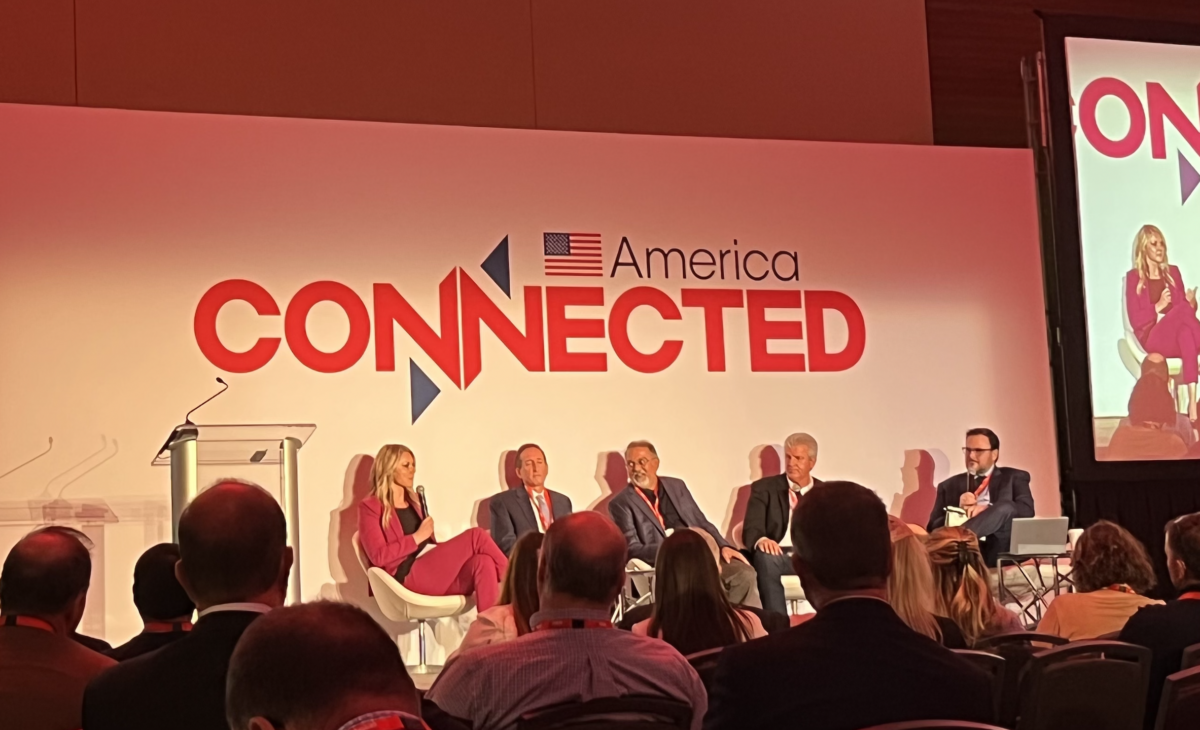Barriers to Last-Mile Fiber Include Affordability: Connected America Conference
Industry experts agreed that reaching each individual consumer is the key to a full-fiber future.
Em McPhie

DALLAS, March 28, 2023 — Industry experts at Connected America on Tuesday agreed that reaching each individual consumer is the key to a full-fiber future, noting that factors such as affordability and digital literacy go hand-in-hand with last mile deployment.
“Fiber to the home is truly full fiber — and that means every individual unit, whatever that might be,” said Erin Scarborough, senior vice president for broadband strategy at AT&T. “Connectivity to every single human is really what we’re talking about.”
Universal technology access can empower learning and development everywhere from college dorm rooms to prison educational programs, Scarborough added.
Bringing fiber to multi-dwelling units presents a challenge in that it requires the participation of building owners, said Bryan Rader, MDU president for Pavlov Media.
However, Rader argued that fiber installation ultimately benefits the owners as well as the inhabitants. “If you look at any of the studies in the apartment ownership industry today, the number one amenity is internet,” he said. “And if you don’t have great internet — or fiber internet — residents will actually pick a different address.”
An ideal full-fiber future would include at least two provider options for each household, said Raj Singh, CEO of Velankani Communications Technologies, Inc.
In order to encourage competition and investment, government funding programs should set flexible requirements, Scarborough said.
In addition to expanding broadband access, Scarborough emphasized the importance of actively considering affordability and adoption.
“For every human that or household that doesn’t have access to broadband today, two more don’t subscribe,” she said. “And why is that? Well, it’s likely because of affordability.”
Rader noted that digital literacy is a critical factor in adoption. “Success is connecting the customer, educating the customer, making sure they know how to utilize the fiber — that’s the missing piece,” he said.
Panelists acknowledged the role of other technologies in areas where last-mile fiber deployment would carry an extremely high cost. Achieving universal connectivity will require a “cocktail of technologies” — including 5G and fixed wireless in addition to fiber — as well as partnerships between public and private entities, Scarborough said.
But the experts largely agreed that fiber comes with unique benefits, such as long-term sustainability. Even when the initial buildout costs are high, the goal of careful fiber deployment is to create “a pathway with some foresight that allows you to upgrade, change, absorb things that you didn’t foresee,” said Scot Bohaychyk, solutions manager at Emtelle.










Member discussion